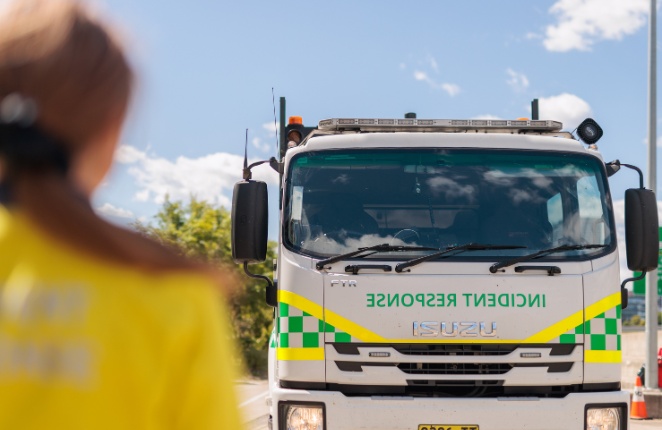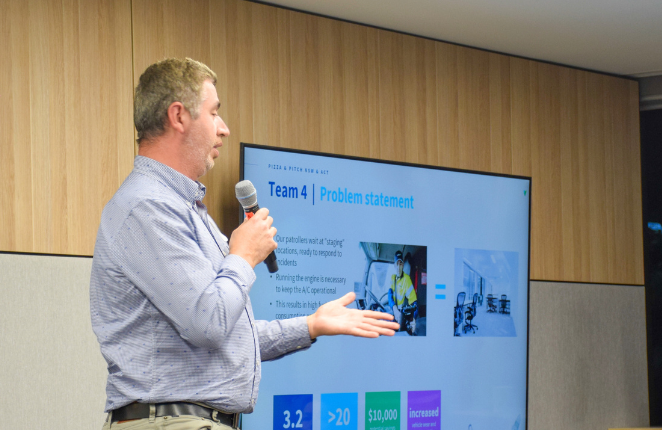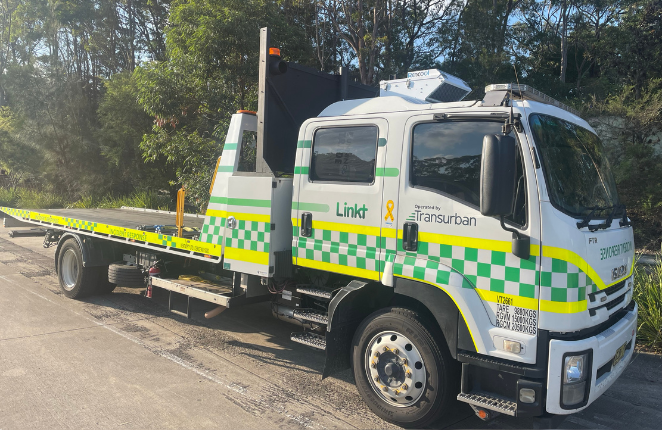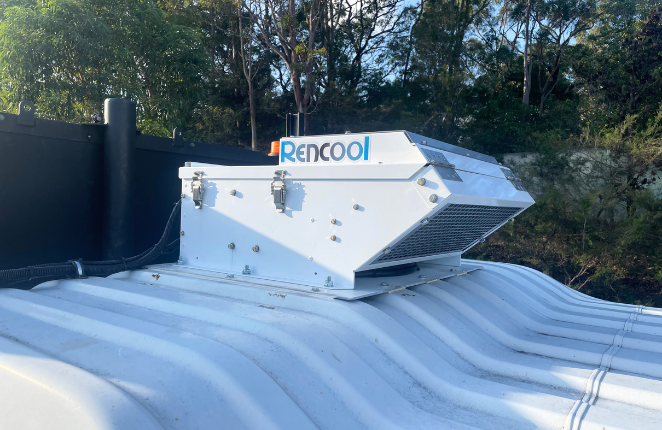A passion for sustainability
As for Troy, he is passionate about sustainability. Three years ago, he was instrumental in working together with our client to bring out the first electric truck-mounted attenuator (TMA) truck. The work with the TMA sparked Troy’s idea of the HVAC unit. As Ventia is rolling out electric vehicles across our fleet, the incident response trucks still run on diesel. Troy couldn’t help but think what could be done in the interim to reduce emissions, and so the idea of the HVAC was born.
And unlike the engine in our HVAC trial vehicle, Troy doesn’t sit idle. He recently got a truck in with an elevated work platform but immediately noticed the hydraulic lift was diesel-driven. A few phone calls and he is now working with one of our subcontractors to convert it into electric as well.
“Just trying to do a bit more, you know,” Troy says.
Hear from Troy in the video below.



